详细说明
Assay Type
Solid Phase Sandwich ELISA
Format
96-well strip plate
Assay Length
4 hours 40 mins (after plate preparation)
Sample Type & Volume Required
Cell lysates (100 µL)
Range
625.00 - 40,000 pg/mL
Sufficient Materials
Kits available for two, five, or fifteen 96-well plates*
Specificity
Please see the
* Provided that the recommended microplates, buffers, diluents, substrates and solutions are used, and the assay is run as summarized in the Assay Procedure provided.
Product Features
Optimized capture and detection antibody pairings with recommended concentrations save lengthy development time
Development protocols are provided to guide further assay optimization
Assay can be customized to your specific needs
Available in 2, 5, and 15- (96-well) plate pack sizes
Economical alternative to Western blot
Kit Content
Capture Antibody
Conjugated Detection Antibody
Calibrated Immunoassay Standard or Control
Streptavidin-HRP
Other Reagents Required
PBS: (Catalog # ), or 137 mM NaCl, 2.7 mM KCl, 8.1 mM Na 2HPO 4, 1.5 mM KH 2O 4, pH 7.2 - 7.4, 0.2 µm filtered
Wash Buffer: (Catalog # ), or equivalent
Lysis Buffer*
IC Diluent*
Blocking Buffer*
Substrate Solution: 1:1 mixture of Color Reagent A (H 2O 2) and Color Reagent B (Tetramethylbenzidine) (Catalog # )
Stop Solution: 2 N H 2SO 4 (Catalog # )
Microplates: From Costar EIA Plate (Costar Catalog # 2592) or R&D Systems (Catalog # ), or equivalent
Plate Sealers: ELISA Plate Sealers (Catalog # ), or equivalent
*For the Lysis Buffer, IC Diluent, and Blocking BUffer recommended for a specific DuoSet ELISA Development Kit, please see the product
Preparation and Storage
Storage
Store the unopened product at 2 - 8 °C. Do not use past expiration date.
Background: DDR2
DDR2, also known as TYR010 and TKT, is a widely expressed 130 kDa type I transmembrane glycoprotein belonging to the discoidin-like domain containing subfamily of receptor tyrosine kinases. Mature human DDR2 consists of a 378 amino acid (aa) extracellular domain (ECD) that includes the discoidin like domain, a 22 aa transmembrane segment, and a 434 aa cytoplasmic domain that includes the kinase domain. Within the ECD, human DDR2 shares 53% aa sequence identity with DDR1 and 97% aa sequence identity with mouse DDR2. The discoidin-like domain mediates DDR2 interactions with collagens I, III, and X. Collagens II and V are less efficacious ligands.
DDR2 selectively recognizes the triple helical structure of collagen compared to monomeric or denatured collagen. Within collagen II, the D2 period is required for DDR2 binding, and the D1 period is additionally required to trigger DDR2 auto-phosphorylation. The ECD of DDR2 exists as a noncovalent dimer in solution, and dimerization of the receptor greatly enhances collagen binding. DDR2 interaction with collagen I inhibits collagen fibrillogenesis and alters collagen fiber morphology. Ligand binding induces DDR2 auto-phosphorylation in the cytoplasmic domain, which promotes associations with Shc and Src. In addition to the above mechanism, DDR2 exhibits a distinct interaction with collagen X. A region other than the discoidin-like domain of DDR2 recognizes the non-helical NC1 domain of collagen X, and this interaction does not lead to receptor auto-phosphorylation. Activation of DDR2 by collagen induces upregulation of MMP1, 2, and 13 as well as DDR2 itself. DDR2 is implicated in collagenous matrix destruction and cell invasiveness. DDR2 is also upregulated in several pathological conditions, including hepatic fibrosis following injury, rheumatoid and osteoarthritis, and smooth muscle cell hyperplasia.
Entrez Gene IDs:
4921 (Human); 18214 (Mouse);
Long Name:
Discoidin Domain Receptor 2
Aliases:
CD167 antigen-like family member B; CD167b antigen; DDR2; Discoidin domain receptor 2; discoidin domain receptor family, member 2; discoidin domain receptor tyrosine kinase 2; discoidin domain-containing receptor 2; EC 2.7.10; EC 2.7.10.1; hydroxyaryl-protein kinase; migration-inducing gene 16 protein; neurotrophic tyrosine kinase receptor related 3; Neurotrophic tyrosine kinase, receptor-related 3; NTRKR3cell migration-inducing protein 20; Receptor protein-tyrosine kinase TKT; TKT; TKTMIG20a; Trk3; TYRO10; Tyro-10; Tyrosine-protein kinase TYRO10; tyrosylprotein kinase







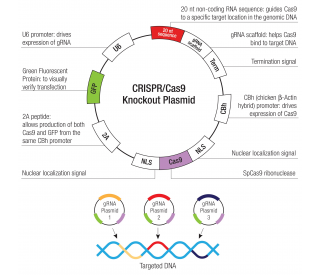
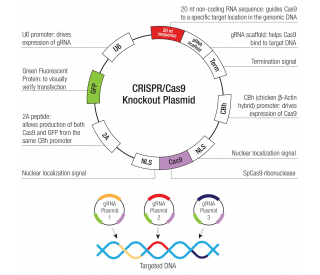
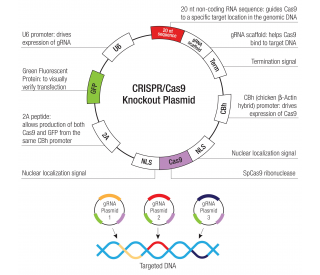
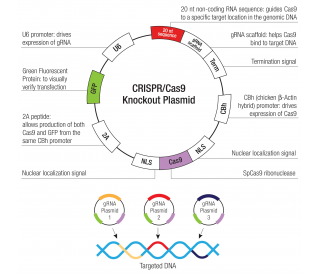
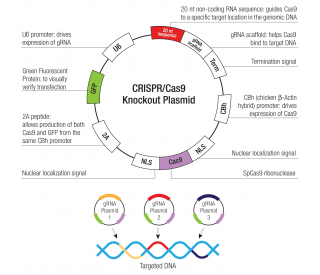
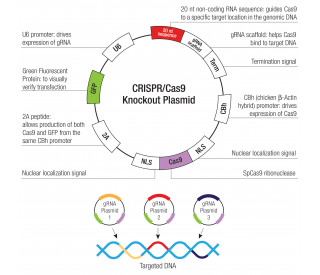



 粤公网安备44196802000105号
粤公网安备44196802000105号